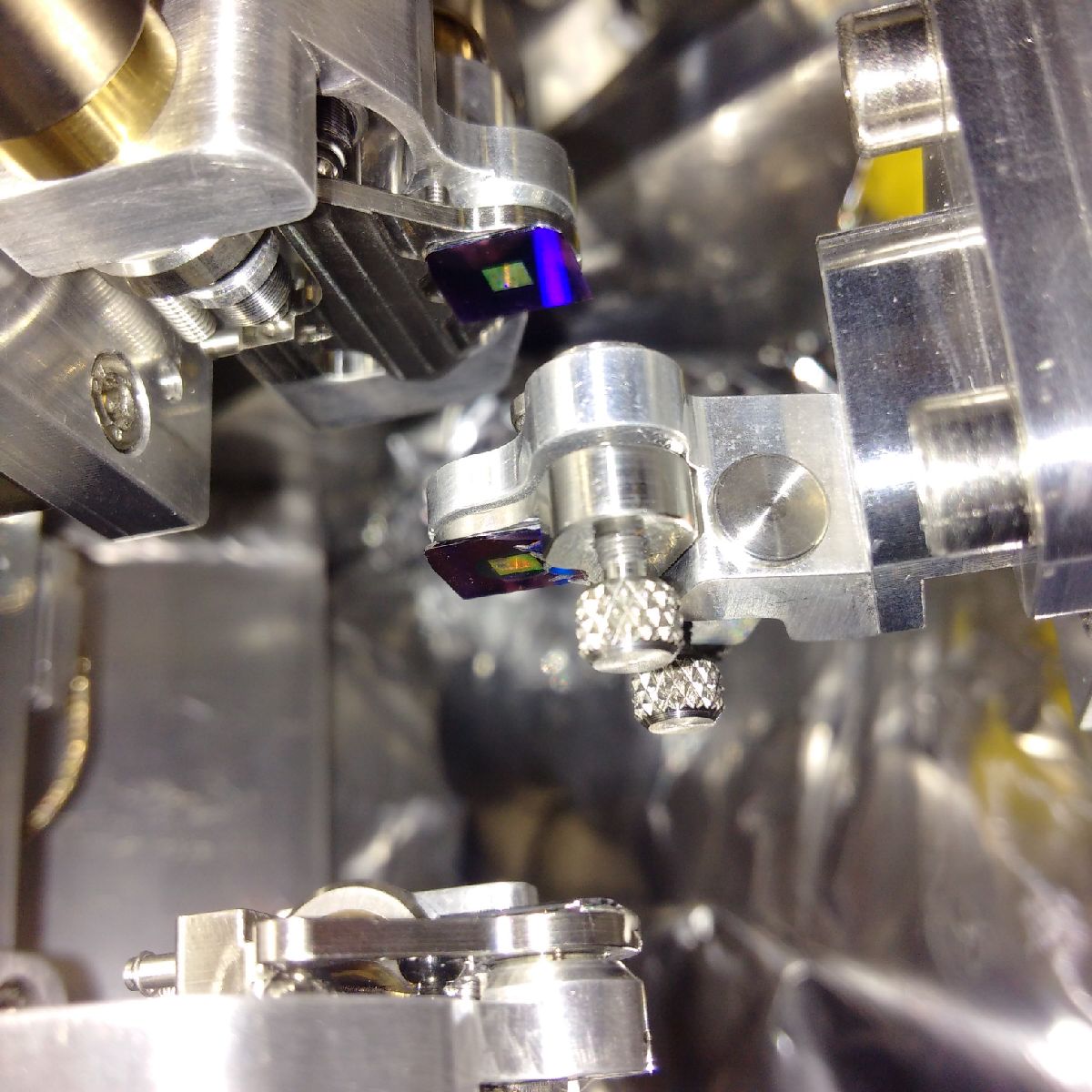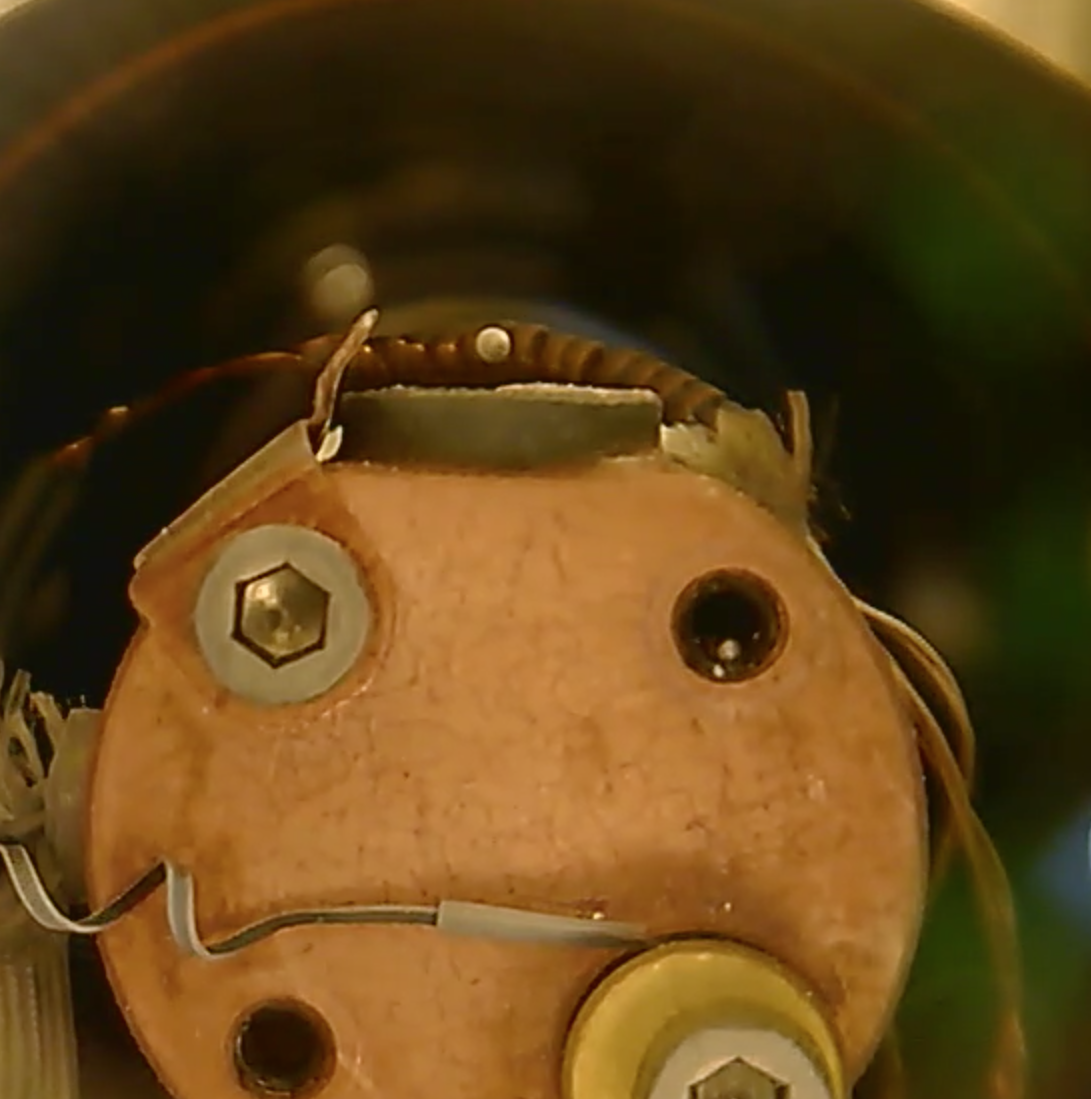Current research projects.
We are an experimental physics research group located at the University of Southampton in the United Kingdom. Our work is devoted to the foundations of physics and to provide empirical evidence to explore new physics by using non-classical properties such as superposition and entanglement of massive particles at mesoscopic and possibly even macroscopic scales. Our expertise is in matter-wave interferometry experiments with large molecules and nanoparticles, optical trapping and cooling techniques for nanoparticles in vacuum, e.g. by parametric feedback as well as magnetic trapping. Such experiments hold promise to test possible limitations of quantum theory such as predicted by collapse models, gravity induced collapse of the wavefunction, and eventually the interplay between quantum theory and relativity.
We are always looking for highly motivated and talented people to work with us as project or PhD students and post-docs. If you are interested and for more details please contact Hendrik Ulbricht.
Our work is (or has been in the past) kindly supported by the UK funding agency EPSRC, the Royal Society, the John F Templeton Foundation, The Leverhulme Trust, EU Horizon 2020 FET:OPEN-RIA and EU Horizon Europe EIC-Pathfinder, the Newton Fellowship Fund of the Royal Society, and the Foundational Questions Institute (FQXi).
We are involved with the EPSRC international networks on Space Quantum Technologies (INSQT), and on Levitated Mechanical Systems (LeviNET), the optomechanics seminar series UniKORN, the Macroscopic Quantum Resonator (MAQRO) space mission consortium and the EU collaborative projects on Testing the large-scale limit of Quantum Mechanics (TEQ), and on Quantum Controlling Gravity by Mechanics (QuCoM), which we initiated and coordinated for a short while. Previously, we have been involved with the EU COST action on Quantum Technologies in Space (QTSpace).

Interferometric and Non-Interferometric Tests of Quantum Mechanics
Our goal is the experimental test of quantum superpositions and the interplay between quantum mechanics and relativity in the macroscopic domain where composite particles contain one million atoms or more. To this end, we develop new experiments on the table-top, some of which may fly one day in a satellite, to perform matter-wave interferometry with large-mass objects, to search for noise predicted by collapse models, to detect the gravitational field generated by a spatial superposition of a large-mass particle, to test the behaviour of quantum systems in non-inertial frames - especially in rotation, to sense tiny forces and accelerations, and to test the effects of quantum vacuum on large-mass systems.

Quantum Technology for Fundamental Physics
We are using Meissner levitation to trap ferromagnetic microparticles at low temperatures and in vacuum. Our goal is to use the rotational and translational motion of the ferromagnets to measure tiny forces and fields interacting with the particle. E.g. our magnets are expected to enable the detection of magnetic fields at record low levels, where other systems are limited by the standard quantum limit. We have achieved experiments with microparticles moving at ultra-low damping and have use this to set bounds on dissipative collapse models, the dissipative Diosi-Penrose model and a stochastic space-time metric model. We have also proposed to use our magnetic particle as a gyroscope in a macroscopic version of a Spin-control experiment in order to test interactions beyond the standard model, or to test for deviations in two-particle interactions due to fifth forces, Dark Energy or similar predictions from high-energy physics (HEP) from within and beyond the standard model.

Nanoparticle Trapping, Cooling, and Interferometry
Our goal is the experimental test of quantum theory and eventually also gravity in the context of quantum mechanics by studying nanoparticle motions. This effort ultimately aims to generate spatial quantum superposition states of such nanoparticles, which is directly testing quantum mechanics in the macroscopic domain. We develop optical trapping and parametric feedback cooling techniques to generate such non-classical states with nanoparticles in the size range of 10 nm to 100 nm. The present goal is to build a Talbot interferometer to test the quantum superposition principle for 10 nm particles, which will be the largest ever tested on this planet. We are also working on non-interferometric tests of collapse models based on our proposal from 2014 and have recently set the strongest bound on the standard CSL model by mechanical systems. We have also proposed to use levitated mechanical sensors to test low-mass Dark Matter. Currently, we have an EPSRC funded project to build a gravimeter based on the superb force sensitivity of levitated nanoparticles.